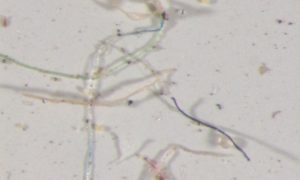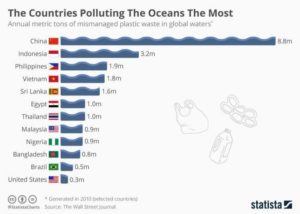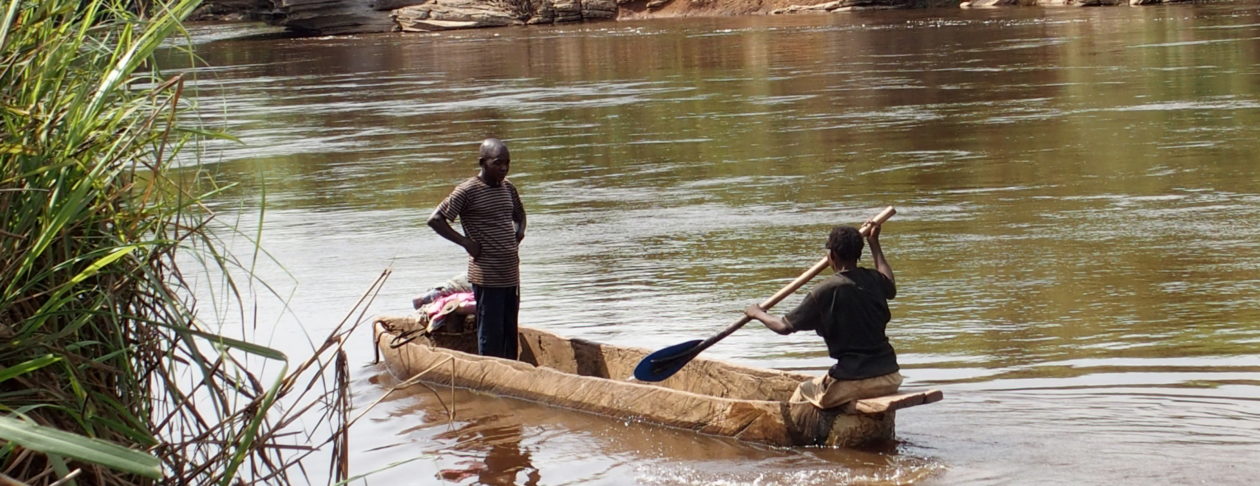by University of Plymouth, July 16, 2025
Summary
- Twenty-five years after first warning that oil spills would wane while invasive species and climate impacts would surge, an international team revisits its coastal forecasts and finds many bull’s-eyes, alongside surprising misses. Plastic pollution, ocean acidification, and sensory pollution have risen faster than imagined, even as strong treaties curbed chemicals like TBT. The scientists argue that shorelines remain “sentinels” for the global ocean and urge a blend of local action and sweeping accords such as a Global Plastics Treaty to keep future surprises in check.
- …
-
At the dawn of the millennium, a group of eminent scientists began compiling a list of the threats they felt were most likely to impact the world’s rocky shorelines over the coming quarter of a century.
Published in 2002, it included forecasts that – among other things – pollution from oil spills would decrease, the number of invasive species across the world would rise, genetically-modified organisms would have harmful effects on the ocean, and the impacts of global climate change would be felt more intensely.
…
by E. Quinn, Oct 26, 2020 in EyeOn Arctic
Microplastics have been identified in Antarctic waters at rates that mirror the amounts found in oceans elsewhere in the world, including the North Atlantic, says a new study.
“Although no difference in microplastic abundance was found among regions, the values were much higher in comparison to less remote ecosystems, suggesting that the Antarctic and Southern Ocean deep-sea accumulates higher numbers of microplastic pollution than previously expected,” said the authors in the abstract of the paper “High Abundances of Microplastic Pollution in Deep-Sea Sediments: Evidence from Antarctica and the Southern Ocean,” published Friday in the the journal Environmental Science & Technology.
Waters in three areas around Antarctica were sampled for the study: the Antarctic Peninsula, South Sandwich Islands, and South Georgia.
Levels “surprising”
Microplastic is the term used to describe plastics less than, or equal to 5mm.
The study found that just over one particle of microplastic was found in each gram of sediment in each of the three areas. This rate of microplastics mirrors the amounts found in other oceans that are considerably closer to human settlements.
“Our research highlights that no matter how remote an ecosystem is, it will still show the artefacts of human influence,” said Mánus Cunningham, a researcher from Queen’s University in Belfast, in a news release.
“We have been dumping plastic into our oceans for roughly 70 years now, so in hindsight this may not be terribly surprising. What is surprising is that the levels of this type of pollution are comparable to what we consider moderately or highly polluted regions of the world’s oceans.”
…
by The Guardian, August 13, 2019
Plastic was the furthest thing from Gregory Wetherbee’s mind when he began analyzing rainwater samples collected from the Rocky Mountains. “I guess I expected to see mostly soil and mineral particles,” said the US Geological Survey researcher. Instead, he found multicolored microscopic plastic fibers.
The discovery, published in a recent study (pdf) titled “It is raining plastic”, raises new questions about the amount of plastic waste permeating the air, water, and soil virtually everywhere on Earth.
“I think the most important result that we can share with the American public is that there’s more plastic out there than meets the eye,” said Wetherbee. “It’s in the rain, it’s in the snow. It’s a part of our environment now.”
Rainwater samples collected across Colorado and analyzed under a microscope contained a rainbow of plastic fibers, as well as beads and shards. The findings shocked Wetherbee, who had been collecting the samples in order to study nitrogen pollution.

Rainwater samples collected across Colorado and analyzed under a microscope contained a rainbow of plastic fibers. Photograph: USGS
…
by Anthony Watts, July 31, 2018 in WUWT
As many WUWT readers know, there’s this push to “save the planet” by banning plastic straws. Like most liberal Earth saving fantasies, it’s rooted in shonky science, or in this case, no science at all, just a guess.

…
La géologie, une science plus que passionnante … et diverse


